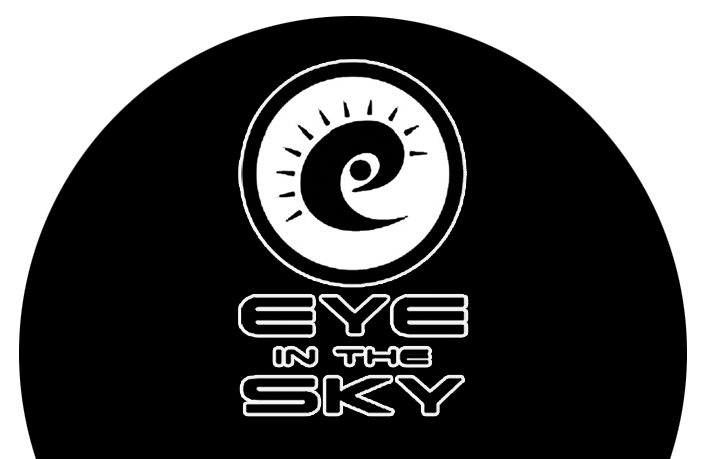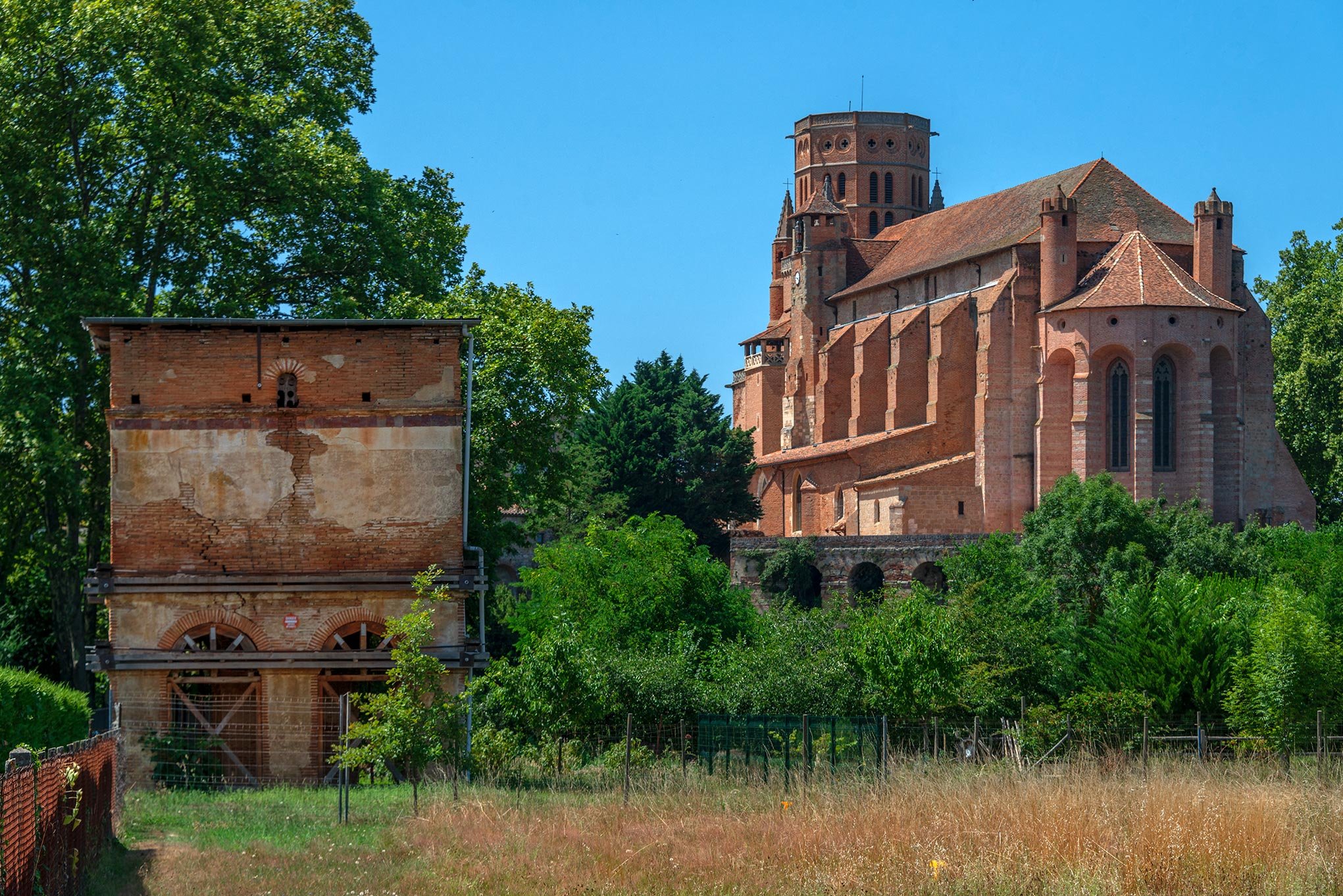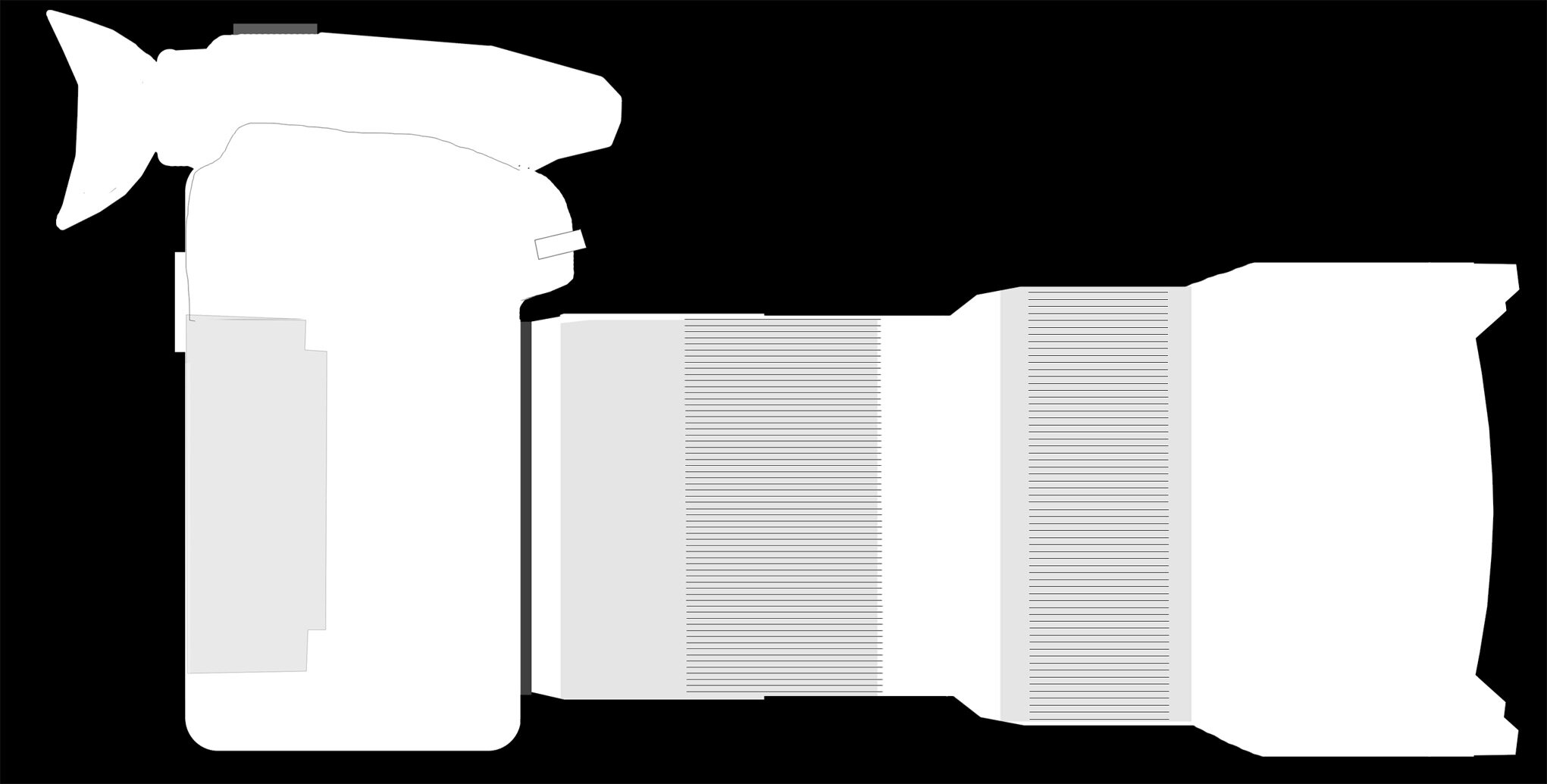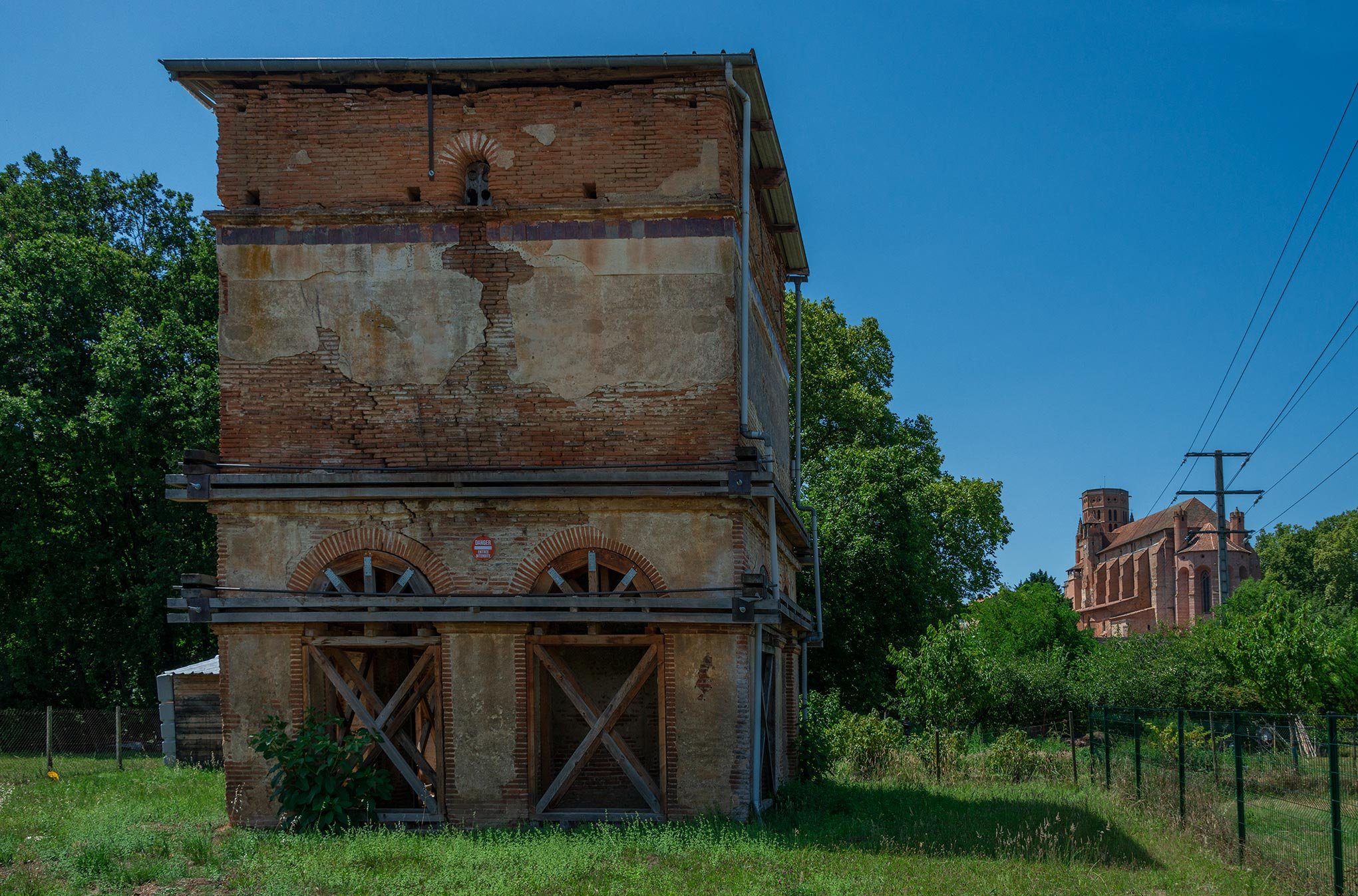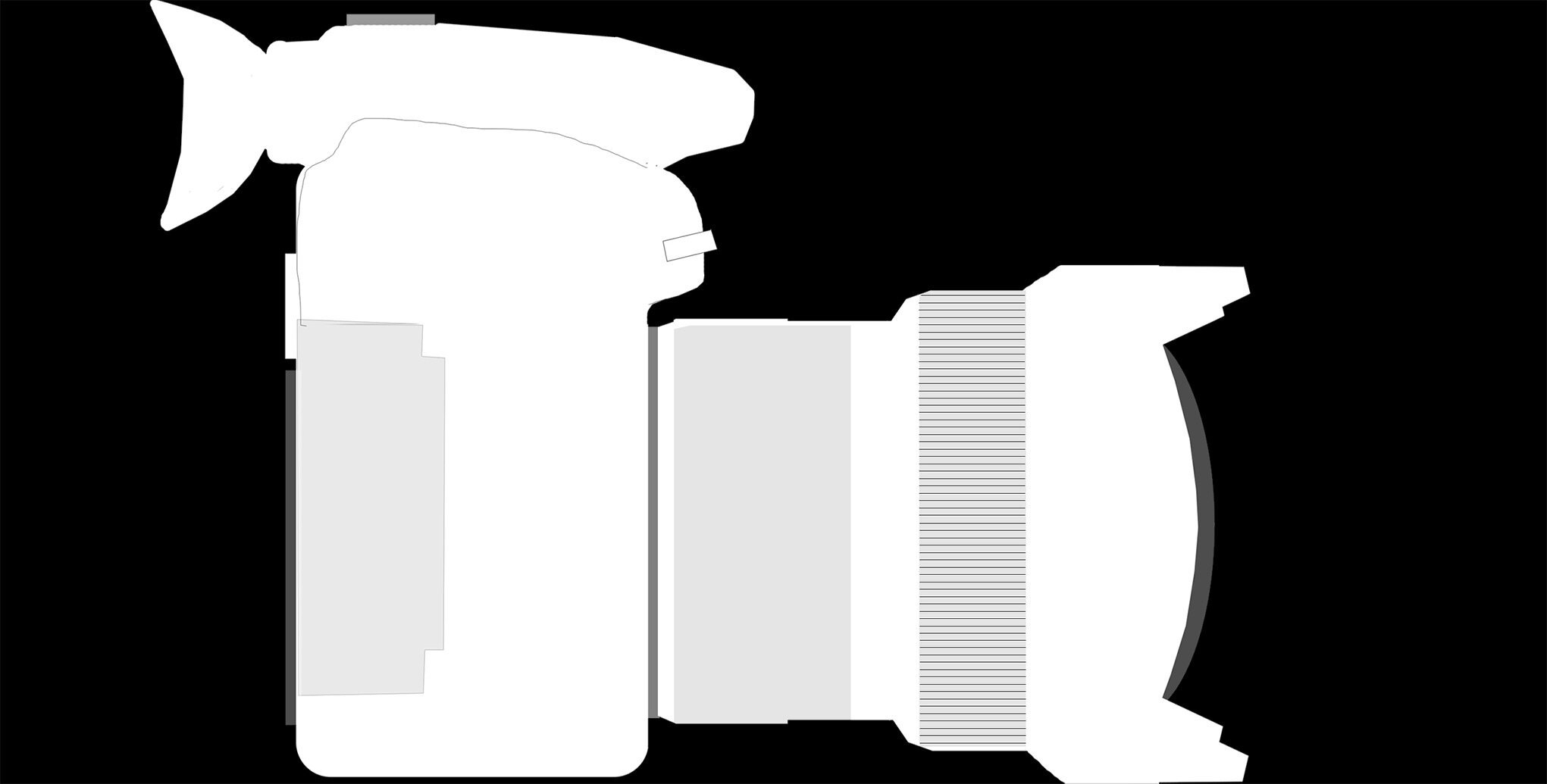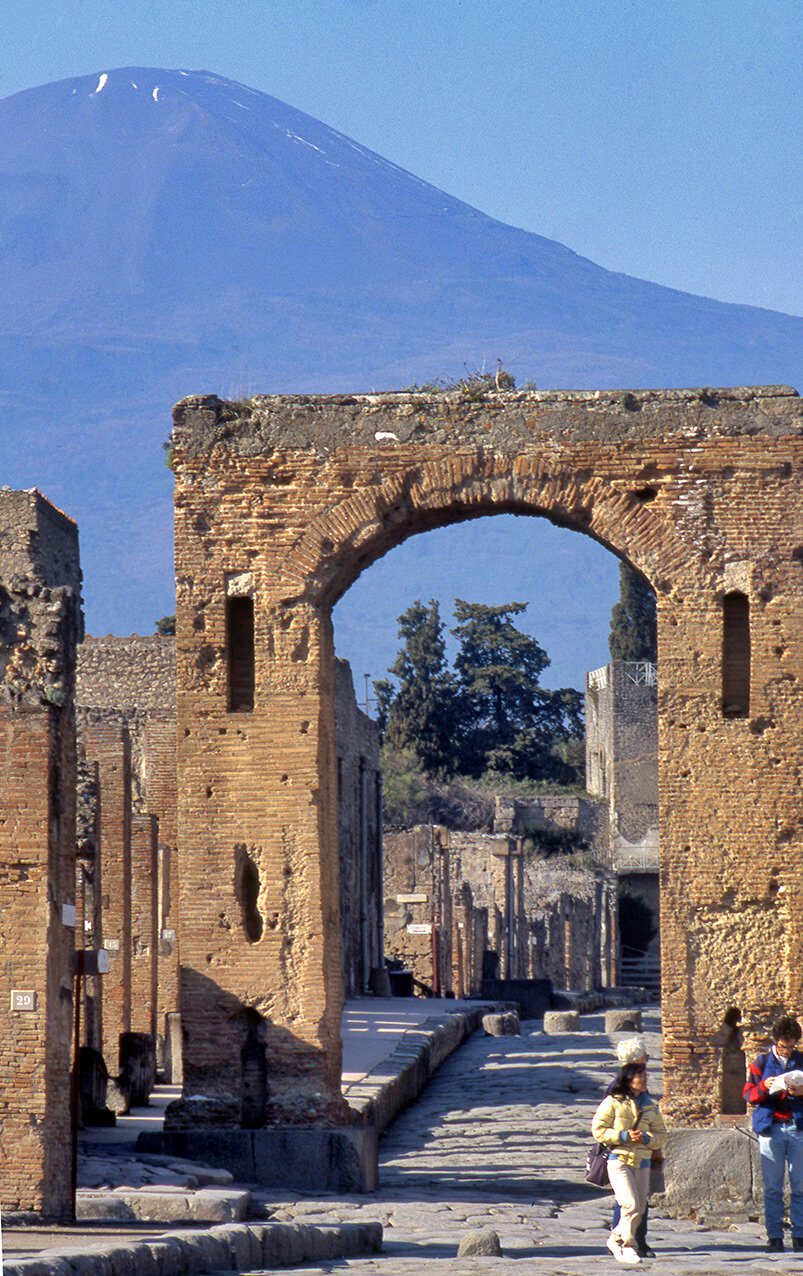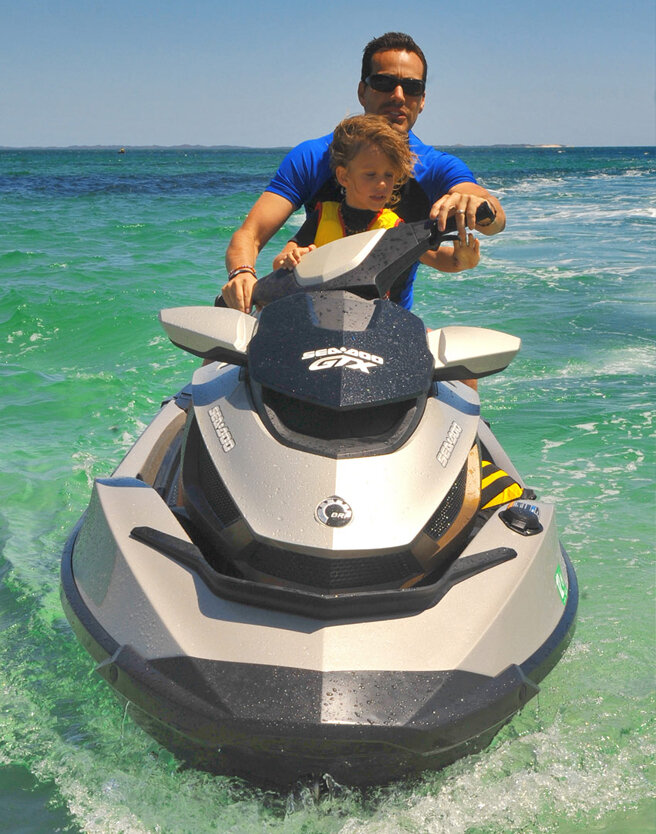LENSES
LENSES - bringing your subject closer or pushing it away
Lens sizes are expressed as the ‘focal length’ of a lens in millimetres (mm). The smaller the number ie 28mm the ‘wider’ the scene that the lens can capture. The greater the number like 300mm, the more telephoto-like the lens is. An ultra wide angle can be as low as 8mm, and an ultra tele lens can be as great as 2000mm. Your subject can be anything at all, in any position, or at any distance from you. Therefore you need optics to enable you to capture both a scene that is right in front of you, or one on the distant horizon. It may be a wide landscape, or a close up of a flower or insect.
Look at the two examples below of the La Travel pigeonnier at Lavaur in the south of France, where the lens does the hard work for you;
A) brings the background closer offering a narrow field of view.
B) pushes the background away allowing the foreground to dominate and gives a greater field of view.
So how you wish to portray your subject depends on what lens you use.
ABOVE: Note how the proportions of the church and pigeonnier in Lavaur, France, change depending on the lens used.
It is up to you as to which one dominates, as it will relate to the story you are trying to tell.
1. SHIP AT SUNSET
These two shots were taken from inside a hotel room at sunset with just ONE lens, a 28mm to 300mm zoom, without moving my position.
2. BRIDGE
Again one lens was used a 28 - 300mm zoom. Note the different visual information in each image. The telephoto
changes it so that you are not sure if it is a bridge or something else.
3. POMPEII
Here the accent changes. You can emphasise the arch and paved avenue, or accent the threat of the looming volcano.
They were both taken in roughly the same spot. Note how the elements change depending on the lens used, which
governs the choices you make.
4. CHIMNEY
These two frames represent the different coverage of the two lenses used; left is a wide angle, right is a telephoto. The left frame shows how the view narrows with a telephoto lens.
5. FARMSCAPE
Here is the same piece of discarded farm machinery in both these frames. Which one do you feel offers more of a context with which to place both farm implements, old and new?
6. JET SKI
Note how different the look of the jet ski is depending on the lens used. The telephoto is more dynamic, but not just because it is moving.
7. OUTDOOR DINING, France. Telephoto. Note how this lens compresses the field of view, pulling in the background.
8. OUTDOOR DINING, France. Wideangle. Here the background is pushed away allowing more foreground and background detail, whist keeping the people similar in proportion to the above frame.
9 - 10. Both taken from the same position, looking down the Stradun in Dubrovnik, Croatia.
11 . LOCAL DELI. NZ. A wide angle view looking towards the beach.
12. LOCAL DELI. NZ. Note how the background trees and the light green roofed beach building has been ‘pulled’ out in this telephoto view.
You choose the lens that best suits the type of photography you want to do. It’s always a good practice to have one of each, a wide angle and a telephoto. Changing lenses can alter the image completely, allowing you to express different aspects of your subject.
A wide angle lens has the effect of enlarging the foreground and pushing the background away (4), and telephoto does the opposite.
There are no rights or wrongs here as they all work, but It’s up to you as to what you wish to illustrate.
Al photographs © Jon Davison 2022.

